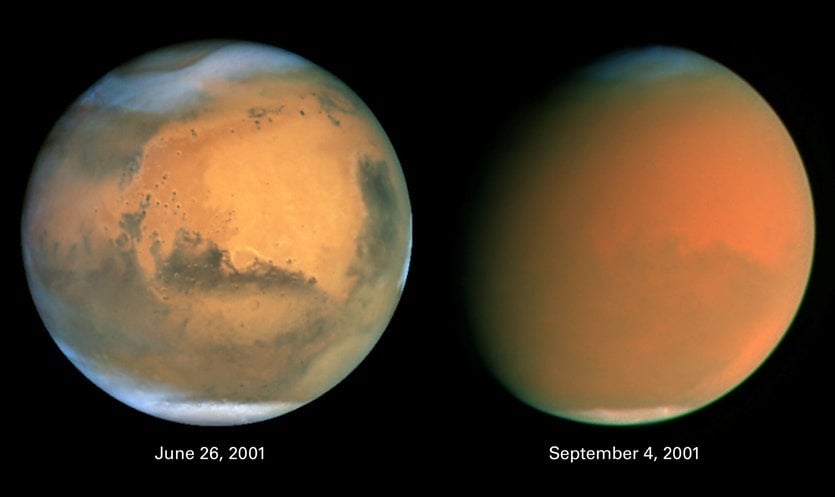
Continue reading

New observations by ALMA and the VLT provide the most-detailed look yet at Uranus' system of rings, revealing things about their temperature and particle distribution
Continue reading

Located in the Coma Berenices constellation, about 50 to 60 million light-years from Earth, is the spiral galaxy known as Messier 88
Continue reading

Continue reading

Continue reading

Continue reading

Breakthrough Listen has just released their latest analysis of the past three years of their SETI research, as well as all the info they collected in that time
Continue reading

Continue reading

The CARMENES project has detected two more Earth-like planets that orbit a red dwarf star just 12.5 light years away
Continue reading

Continue reading

Continue reading

Continue reading

Continue reading

Continue reading
Continue reading

Continue reading
Continue reading

NASA is testing out a new inflatable heat shield which could enable them to send heavier missions to Mars, as well as Venus and Titan.
Continue reading

Continue reading

A new technology that allows satellites to de-orbit themselves at the end of their lives could help mitigate the problem of space debris.
Continue reading

This year, the NASA's NIAC Program is looking at some really interesting ideas - such as a water-powered, laser-shooting, asteroid-mining spacecraft!
Continue reading

Continue reading

If NASA sends a Starshade into space, it will need to perform some very accurate formation flying with the space telescopes it is working with
Continue reading

Continue reading

Continue reading

Continue reading
Continue reading

Continue reading

New research by a team of UK scientists has located the site of the massive impact that took place in Scotland 1.2 billion years ago.
Continue reading

Continue reading

Continue reading

Continue reading
Continue reading

Continue reading

Located in the Virgo constellation, roughly 53.5 million light years from Earth, is the supergiant galaxy known as Messier 87 (Virgo A)
Continue reading

A new analysis of Planck mission data has provided no new insights into the anomalies it detected, leaving the door open for wild theories!
Continue reading

Continue reading

A new study by an international team of astrophysicists have validated an age-old theory about how accretion disks behave.
Continue reading

Continue reading

Japan's Hayabusa2 spacecraft just launched its second target marker to the surface of the asteroid Ryugu.
Continue reading

Continue reading

Continue reading

Continue reading

Using the Very Large Telescope, a team of ESO scientists took some stunningly clear images of a double asteroid that recently swung by Earth.
Continue reading

Continue reading

Continue reading

Continue reading

Jupiter observation season is neigh, and with it, the largest planet in our solar system is as mysterious as ever.
Continue reading
Continue reading

Continue reading













































